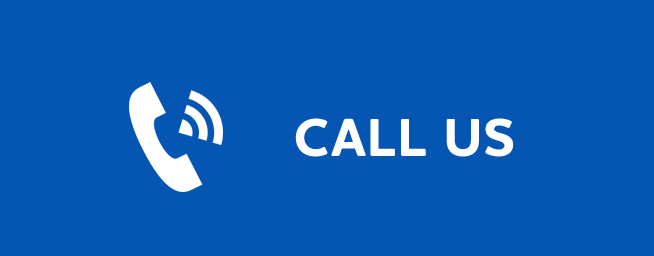
Malware, phishing, DDoS attacks - these are just a few different tactics cybercriminals use to expose your online data. If the hacker is successful, these malicious activities can result in a breach of sensitive information and/or a loss of financial resources.
Because we all spend an increasing amount of time online at home, work, and school, none of us are immune to the threat of cybercrime. To protect yourself from such dangers, you can learn how to recognize these attacks, take precautions to make yourself less vulnerable, and mitigate risk if you do become a victim.
Learn to Spot An Attack:
While there are many types of cyber security attacks, there are some common red flags to watch for that often signify you may be a target. The most common method, called phishing, is an attempt to steal your information by tricking you into clicking on a dangerous link.
Oftentimes, this is disguised as an important email or text message where the sender looks vaguely familiar. For example, you may receive an email that is structured exactly as if it is from Amazon, but the sender’s email address doesn’t end in “@amazon.com”. This is likely a cybercriminal disguising themselves as someone trustworthy in order to gain access to your information. Always double-check that the sender is a legitimate source, and when in doubt do not reply or click on any links contained in the email.
Cybercrime is also prevalent in social media posts and popup ads - which may look like they come from companies you trust - often containing offers that seem too good to be true. These messages often express urgency, as the hacker’s goal is to get you to click without hesitation.
If you receive an online ad or message that seems phishy, it probably is. When in doubt, don’t click the link.
Protect Yourself Against Attack:
In addition to knowing how to identify cyberattacks, there are precautions you can take to minimize the risk of attack.
One important step is to limit the amount of personal information you share online. The more information you share, the easier it may be for a hacker to steal your identity, access your data, or other malicious activity. Utilize the privacy settings on your social media profiles, manage your friends list to include only those that you know personally, and avoid using location services.
Another way to decrease risk is by managing your online passwords. When creating a password, avoid using full words. Hackers can use dictionary-based systems to guess these types of passwords. A strong password includes a combination of upper-case and lower-case letters, symbols, and numbers. Avoid using personal information such as your name and birthday, and do not write your passwords down.
Using antivirus software and keeping your device’s software up to date can also keep you protected. Software updates patch holes that cybercriminals have learned to take advantage of. The more out of date your software is, the more likely it is to have holes in its security protocol, which could leave you vulnerable to cyberattacks. The latest version of a trusted antivirus software can keep you protected online by scanning for threats and removing them once found.
Mitigate Risk from Attack:
If you do suspect your data has been breached, there are a few things you can do to mitigate risk. First, immediately change your email and social media passwords. Then, you’ll want to check for abnormalities in your bank statements, social media pages, and e-mail. Look for any unauthorized charges and/or strange messages and posts that you did not personally send. If you have reason to believe your bank account has been compromised, you will need to call your bank and put the account on hold.
If the suspected breach happens at work or school, inform IT personnel or system administrators as soon as possible. In the event of a cyberattack, the IT department may want to warn others and make upgrades to prevent further damage.
Lastly, if the problem persists, disconnect the affected device from the Internet, turn it off, and take it to a professional. Several local businesses in the area provide virus and spyware removal, which is the most effective way to remove the cyberattack threat and get your device back to health.
Because of the potential of cybercrime, the Internet can be a scary place. Thankfully, there are safe online practices you can adopt to keep yourself protected, and ways to lessen any damage if a cybercriminal finds its way through to your sensitive online information.
Questions? Comments? Send us a message at support@wtcks.com.



Join the discussion! Login to your myWTC account to post a comment